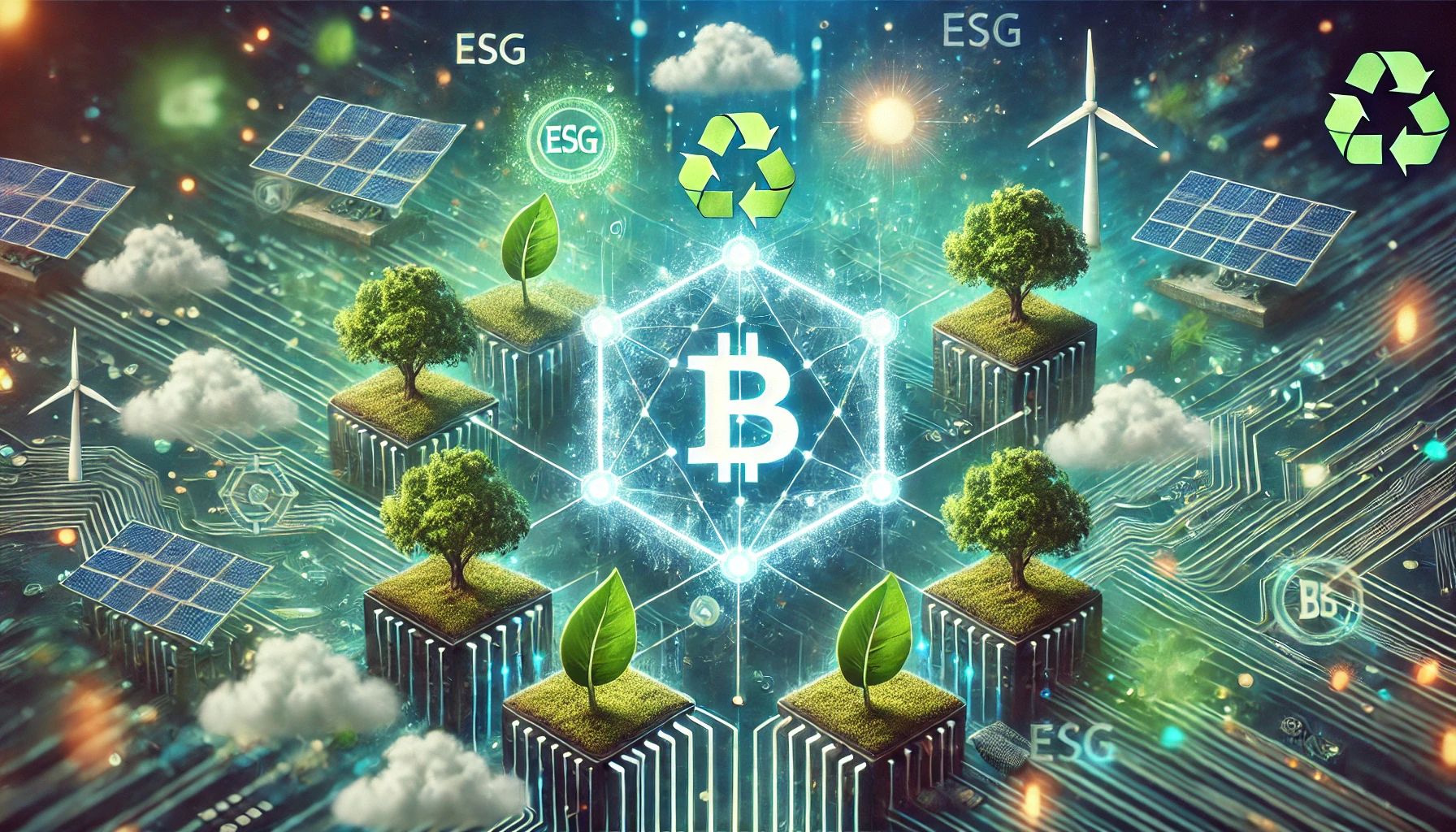Non-Fungible Tokens (NFTs) have transformed the way we think about digital ownership. From art and music to gaming and virtual real estate, NFTs give creators and collectors a secure way to prove authenticity and ownership of digital assets. Yet, one of the biggest criticisms NFTs have faced is their environmental impact. Traditional blockchain networks, especially those using energy-intensive proof-of-work mechanisms, consume enormous amounts of electricity, raising concerns about carbon emissions and sustainability.
This is where eco-friendly NFTs come into play. By leveraging energy-efficient blockchains and carbon-offset strategies, they present a new path toward sustainable digital ownership—one that aligns innovation with responsibility.
Why Sustainability Matters in the NFT Space
The NFT boom highlighted the tension between technological innovation and environmental responsibility. Critics pointed out that some networks consumed as much energy as small countries, making NFT adoption seem incompatible with global climate goals. For digital ownership to thrive long-term, sustainability cannot be an afterthought—it must be a foundation.
Consumers, especially younger generations, are increasingly environmentally conscious. They want to support creators and technologies that reflect their values. Eco-friendly NFTs bridge this gap, proving that digital innovation can coexist with ecological responsibility.
How Eco-Friendly NFTs Work
Eco-friendly NFTs minimize environmental impact in several ways:
-
Energy-Efficient Blockchains – Many sustainable NFT platforms are built on proof-of-stake (PoS) blockchains such as Ethereum (post-Merge), Polygon, Solana, and Tezos. These blockchains drastically reduce energy consumption compared to proof-of-work systems.
-
Carbon Offsetting – Some NFT platforms incorporate carbon credits, tree planting, or renewable energy projects to offset any emissions produced during transactions. This creates a net-positive environmental effect.
-
Green Marketplaces – Platforms are emerging that exclusively support eco-friendly NFT creation and trading. These marketplaces not only reduce the carbon footprint but also educate users about sustainability in the digital economy.
-
Sustainable Utility – Beyond art, eco-friendly NFTs are being applied to real-world sustainability projects, such as tokenizing renewable energy credits, supporting reforestation, or enabling circular economy solutions.
The Benefits of Eco-Friendly NFTs
-
Lower Carbon Footprint – By using energy-efficient blockchains, eco-friendly NFTs consume a fraction of the electricity compared to traditional models.
-
Positive Brand Image – Creators and businesses using sustainable NFT solutions position themselves as innovators who care about the environment.
-
Future-Proof Adoption – As regulations and consumer expectations shift toward green technologies, eco-friendly NFTs ensure long-term viability.
-
Global Participation – By removing ethical concerns, sustainable NFTs encourage broader adoption across industries like fashion, music, gaming, and real estate.
The Road Ahead
Eco-friendly NFTs represent a major step toward reconciling digital innovation with ecological responsibility. As blockchain technology continues to evolve, we can expect further breakthroughs in efficiency and transparency. The transition from energy-intensive models to sustainable ones is not just a technological shift—it is a cultural one.
In the near future, we may see NFTs not just as collectibles or speculative assets but as tools for sustainable action: funding conservation projects, democratizing green investments, and empowering communities worldwide.
The next era of NFTs is not just about ownership—it’s about responsible ownership. And eco-friendly NFTs are leading the way.




